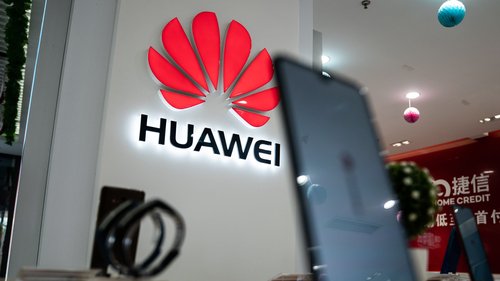The US President, Donald Trump announced that Huawei could do business with US companies at the G20 summit held in Osaka, Japan on the 29th of June, 2019. This was surprising, given that Huawei was added to the US Department of Commerce’s Entity List on Wednesday 15th May 2019. The same Trump that declared Huawei a threat to national security has finally lifted the trade restriction.
https://twitter.com/ThisTechBench/status/1145562393239543808
The blacklisting of Huawei made US companies unable to do business with the Chinese telecommunication giant. The reason for the ban was because Trump’s administration believed that Huawei was leaking data to the Chinese government. Following the order, on the 19th of May 2019, Google announced that Huawei will no longer get proprietary apps and services from Google.
The #US government is making the right choice in reported lifting the ban on #Huawei after US tech firms' struggling: analyst https://t.co/uvIoHfGBEc pic.twitter.com/JGiGNBcDvc
— Global Times (@globaltimesnews) June 29, 2019
Facebook also refused Huawei to pre-install any of its apps on Huawei’s phones. Shortly afterward, Intel and Qualcomm were said to comply with Trump’s order, thereby delaying the release of Huawei’s laptops. In the midst of all these, Huawei revealed they were building an alternative operating system for their devices.
See also: AirtelTigo and Huawei Collaborates to Upgrade Ghana’s Network
During the trade restriction, the US semiconductor industry issued out letters to the Commerce Department, arguing that the ban was doing more harm than good to America’s economic and national security. Semiconductor Industry Association informed the presidency that the sanction will put them at a severe disadvantage. After meeting with Chinese President Xi Jinping at the G20 forum, Trump decided to consider his position regarding the trade restriction.
The ban was supposed to take effect on the 19th of August 2019, making it impossible for Huawei to transact with the US. Trump’s statement comes as quite controversial, given that before the recent decision, Trump had made some negating statements. In Trump’s words, he tagged Huawei as “very dangerous” but ended with “It’s possible that Huawei would be included in a trade deal”. Now, Trump has declared that American companies could sell to Huawei without creating a national emergency problem. The suspension of the ban will now permit US companies to supply equipment to Huawei.
Donald Trump also played the same card with ZTE recently – banning them and reversing the order. Despite the ban lift, Huawei might not have been proven a threat to national security but remains a significant dominance of the future of technology. Their recent achievement with 5G technology depicts their position as a force to be reckoned with. Huawei is clearly leading the bandwagon with no major competitor seen in its radar. So far, no American company has come up with any 5G infrastructure and devices.
The war between #Huawei and the US has finally come to an end, and this means #Android will be available for Huawei and #Honor smartphones.https://t.co/gtL9OFrjuX
— Trak.in (@trakin) July 2, 2019
More on TechGist Africa:
- Google Plans to Connect Africa and Europe with the Launch of Equiano
- NITDA Issues Nigerian Government Officials Ultimatum Over Use of Social Media Regulations
- Google Digital Skills for Africa Launched in Aba, Eastern Nigeria
- Kenya Digital Lenders Association Adopts Self-Regulatory Framework
- Botswana Telecom Corporation Launches Mobile Money
